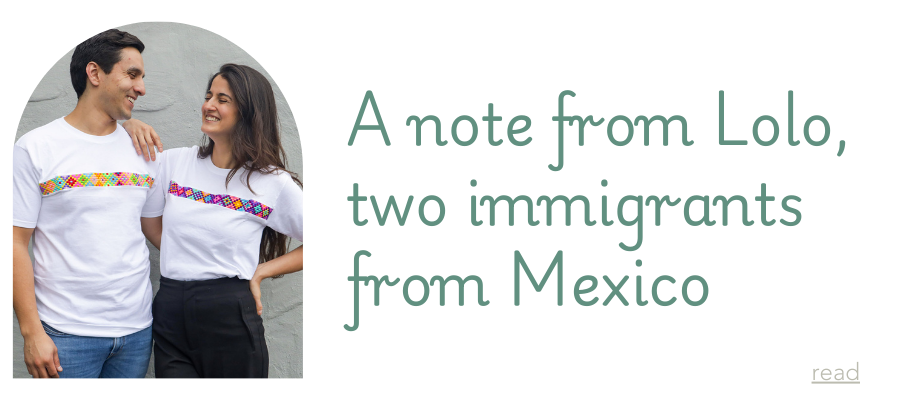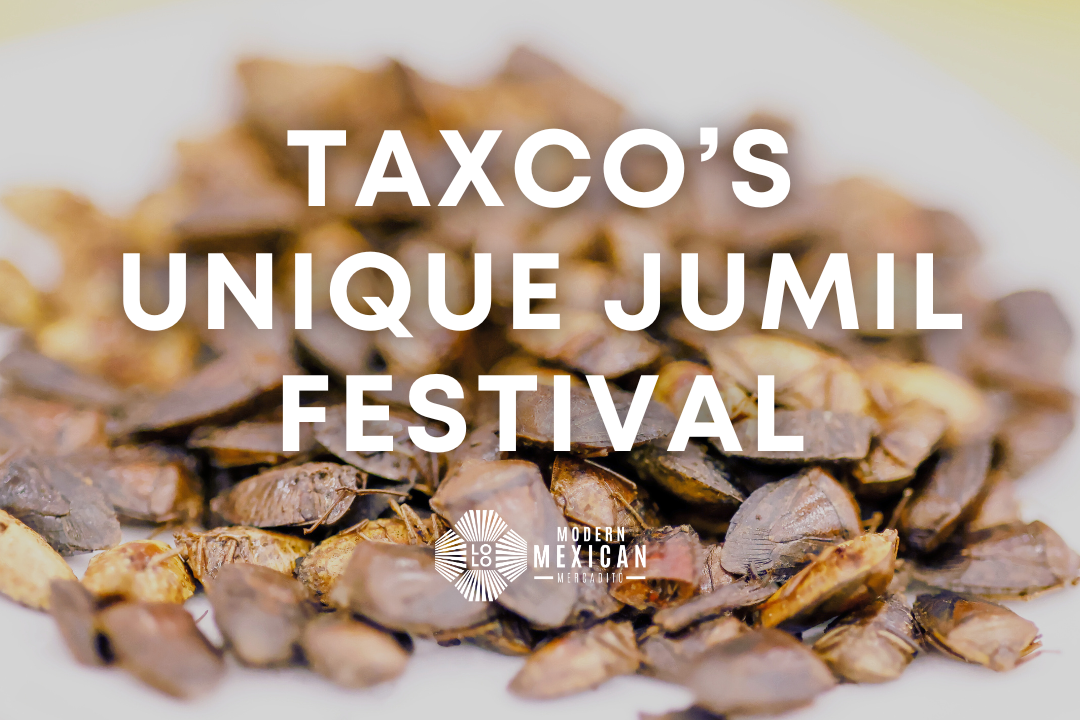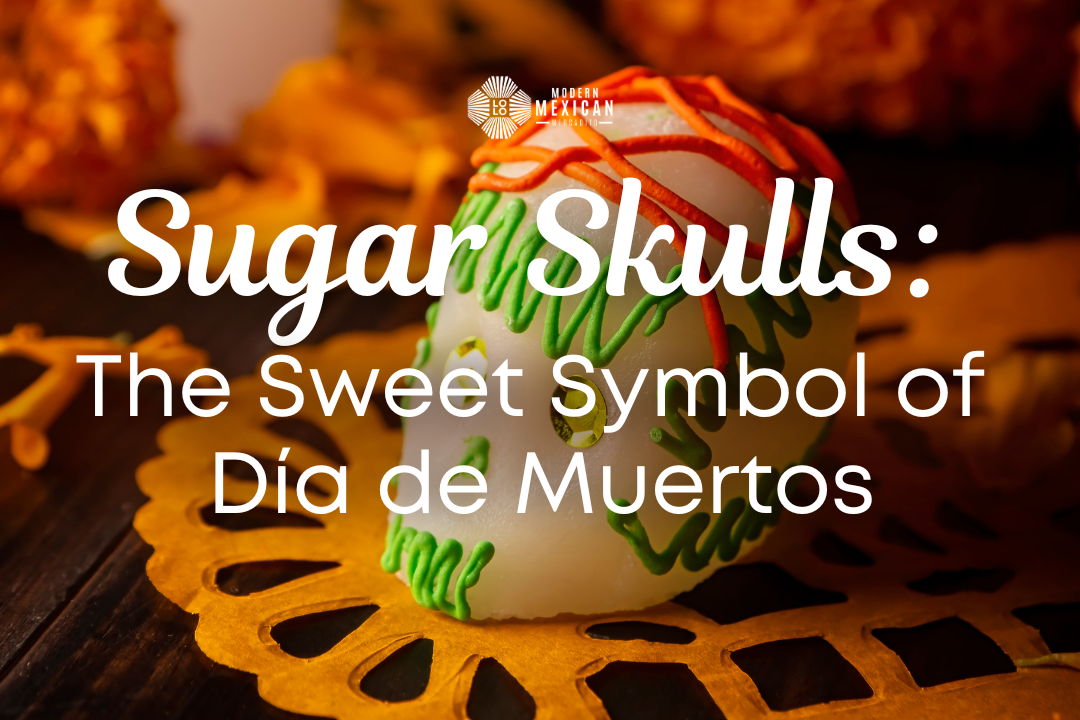In Mexico, there are certain sights, sounds, and traditions that signal the arrival of Día de Muertos—marigold petals on pathways, the sweet scent of pan de muerto, and, in some regions, the awe-inspiring arrival of Monarch butterflies. For communities in Michoacán, especially the Purépecha people, these butterflies carry special meaning. Their annual migration aligns perfectly with Día de Muertos, creating a powerful connection between these beautiful creatures and the spirits of departed loved ones.
The Monarch butterflies, with their distinct orange and black wings, are seen as messengers from the spirit world. Their arrival from such distant lands aligns with the belief that spirits must embark on a journey to return to their loved ones, guided by the aroma of cempasúchil (marigold flowers) and the light of candles placed on the altars. To the Purépecha, the butterflies’ flight is a symbolic bridge between the earthly world and the spiritual realm.

The Purépecha and the Significance of Michoacán
The Purépecha are an indigenous group native to the region of Michoacán, with a history that dates back to pre-Hispanic times. Known for their resistance against the Aztec Empire, the Purépecha maintained a distinct cultural identity, and their traditions continue to thrive today. Among these customs is a deep respect for the natural world, especially the Monarch butterflies, which they believe carry the spirits of their ancestors.
The Purépecha were one of the first groups to attribute spiritual significance to the Monarch butterfly migration. The timing of the butterflies' arrival during Día de Muertos, a holiday now celebrated widely across Mexico, resonated with the Purépecha belief in the cyclical journey of the soul. This connection between the butterflies and the spirits of the deceased has transformed the annual migration into a significant cultural symbol, embodying the cyclical nature of life, death, and rebirth.
The Legend of the Monarch Butterflies
According to Purépecha legend, when someone passes away, their soul transforms into a Monarch butterfly. As the butterflies make their way southward, it is believed they carry the spirits of the deceased back home. The arrival of the butterflies in Michoacán is considered a divine signal that the spirits are near, and the community prepares to welcome them with open arms.
In this narrative, the Monarch butterfly represents the continuation of life after death, embodying the journey of the soul. The butterflies’ long migration mirrors the journey that spirits must undertake to reach the land of the living. This beautiful connection between the natural world and the spiritual beliefs of the Purépecha highlights the deep respect they hold for both life and death, seeing them as inseparable parts of a larger cycle.
In addition, some variations of the legend describe how the butterflies, guided by the marigolds’ vibrant petals and the warmth of candlelight, descend from the heavens to visit the earthly realm. This belief reflects once again a view of death that’s not shrouded in fear, but rather embraced as a reunion—a time to honor family and friends who have departed and celebrate the continuity of life through nature.

How the Legend is Reflected in Día de Muertos Celebrations
In Michoacán and other regions where Monarch butterflies arrive, Día de Muertos is celebrated with a heightened sense of reverence and joy. The butterflies are thought to bring with them the spirits of the departed, arriving just as the preparations for Día de Muertos are completed. The sight of these butterflies resting on tree branches or floating among the marigold petals is seen as a sign that the spirits are present.
Altars are adorned with elements specifically meant to welcome the Monarch butterflies and, by extension, the spirits they carry. Marigold flowers, believed to guide spirits home, are arranged in pathways leading to the altars, while incense and candles light the way. It’s said that each butterfly, as it touches down, is a loved one returning for a brief reunion, bringing comfort and a sense of connection to family members who are celebrating.
In recent years, with the decline in Monarch butterfly populations due to climate change and habitat loss, the cultural significance of these butterflies has become even more pronounced. Communities in Michoacán have taken steps to protect the Monarch butterfly sanctuaries, not only to preserve the environment but also to honor the deeply held spiritual connection that these butterflies represent.

Modern Interpretations and Conservation Efforts
As the world becomes more aware of the environmental threats facing Monarch butterflies, efforts have been made to ensure their survival, reflecting the intertwined fates of cultural heritage and ecological health. Various organizations and local communities work tirelessly to protect Monarch butterfly habitats, ensuring that these creatures can continue to complete their remarkable migration.
Modern interpretations of the legend and the holiday have also emerged. Today, you’ll find artistic representations of Monarch butterflies throughout Día de Muertos festivities everywhere—crafted into paper decorations, painted on sugar skulls, or even embroidered into traditional garments. These interpretations help keep the legend alive, connecting the past to the present and inviting new generations to embrace the values that Día de Muertos imparts.

For those of us who grew up with these traditions, the legend of the Monarch butterflies during Día de Muertos reminds us of the beauty of our heritage. It reflects a cultural understanding of life and death as cyclical, a view that has helped us cope with loss and maintain a sense of connection to those we’ve loved and lost.
By honoring the Monarch butterflies, we honor our ancestors and the spirit of Día de Muertos itself—a reminder that the bonds of family and memory can transcend time, distance, and even death. Through these delicate creatures, the legacy of our heritage lives on, teaching us to cherish life and to remember that, like the Monarchs, we are part of a larger journey.
---
So, what do you think? Where you familiar with the Purepechá legend? Did you like this belief? Would you like to know more legends and beliefs like this one? Let us know in the comments below!
If you liked this piece, be sure to check out all other articles we've written about Día de Muertos in our Zócalo blog here, where you can read all about the elements for an ofrenda, an in-depth explanation about Día de Muertos, and many more!
Lastly, while you’re at it don’t forget to check out our Día de Muertos collection where you can find all essentials for your ofrenda and home decorations and you can support our efforts to continue sharing information about our culutra while supporting Mexican artisans!
If you subscribe to our newsletter, you will get this and many more content of interest! We also make sure to give our familia of subscribers exclusive promotions, gifts, first-hand look at all new products and, of course, these articles that we love to write for you all!









1 comment
Julie
Good article